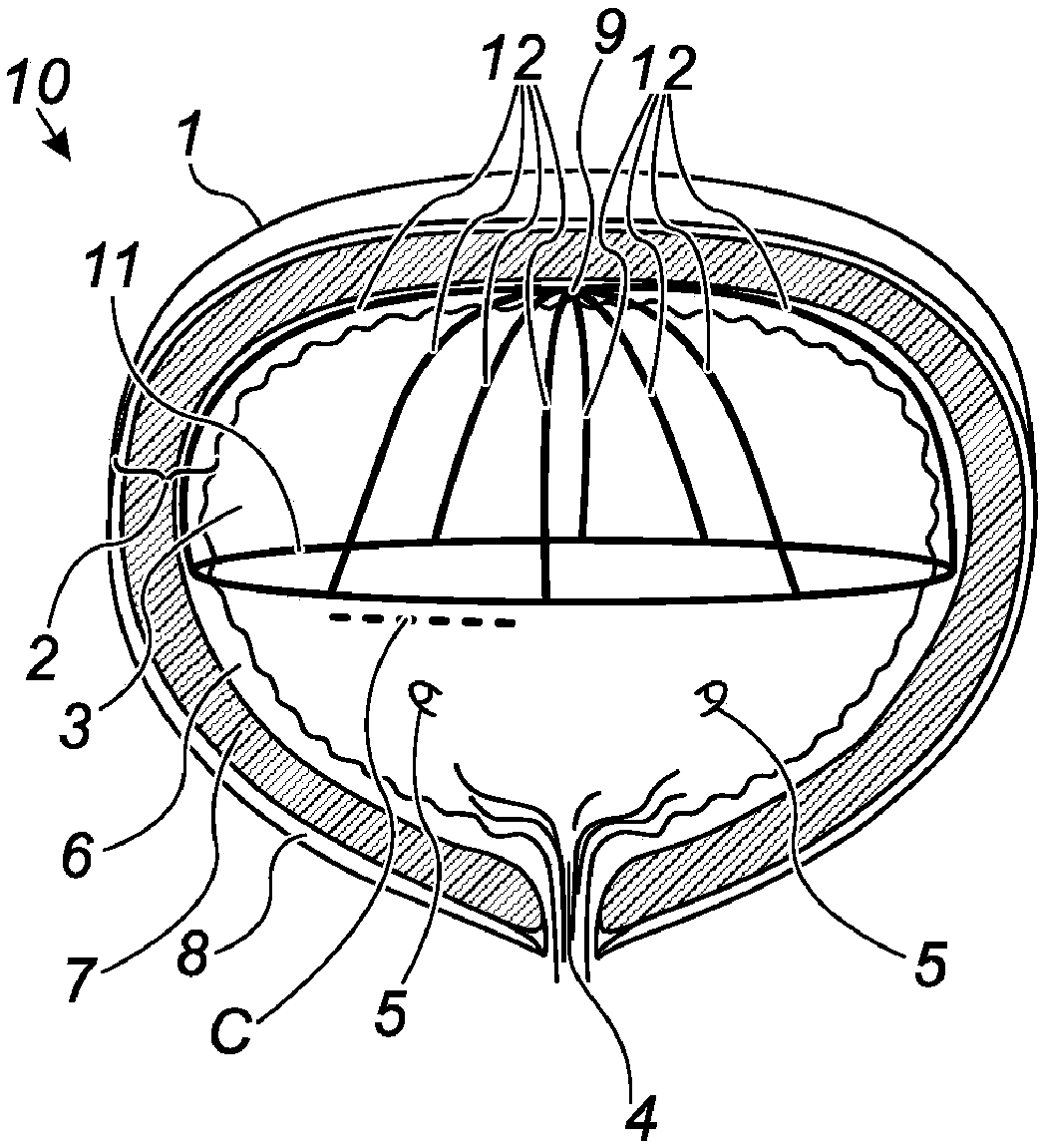Devices for far field bipolar ablation
A bipolar electrode and electrode technology, which is applied in the direction of application, medical equipment, surgical instrument parts, etc., can solve the problems of increasing the diameter of the element and limited treatment area
- Summary
- Abstract
- Description
- Claims
- Application Information
AI Technical Summary
Problems solved by technology
Method used
Image
Examples
Embodiment Construction
[0111] Far Field Bipolar Technology
[0112] To address the needs outlined above, this disclosure describes a technique referred to herein as "far-field bipolar" ablation.
[0113] The technique is based on the use of bipolar electrodes or sets of electrodes with substantially equal and relatively large surface areas, which can be positioned at large distances from each other relative to the size of the electrodes, and in nearly opposite positions within the organ being treated . Thus, current flowing from one set of electrodes to the other can produce the same unipolar-like lesion on both electrode sets while sparing tissue between the electrodes.
[0114] To produce the desired effect, the distance between the electrodes should preferably be at least 10 times the relative dimension of the electrodes, which in the case of elongated electrodes may typically be the width of the electrode (or its diameter in the case of a wire electrode) ). In the applications described herei...
PUM
 Login to View More
Login to View More Abstract
Description
Claims
Application Information
 Login to View More
Login to View More - R&D
- Intellectual Property
- Life Sciences
- Materials
- Tech Scout
- Unparalleled Data Quality
- Higher Quality Content
- 60% Fewer Hallucinations
Browse by: Latest US Patents, China's latest patents, Technical Efficacy Thesaurus, Application Domain, Technology Topic, Popular Technical Reports.
© 2025 PatSnap. All rights reserved.Legal|Privacy policy|Modern Slavery Act Transparency Statement|Sitemap|About US| Contact US: help@patsnap.com



